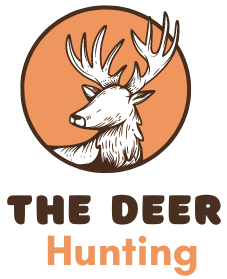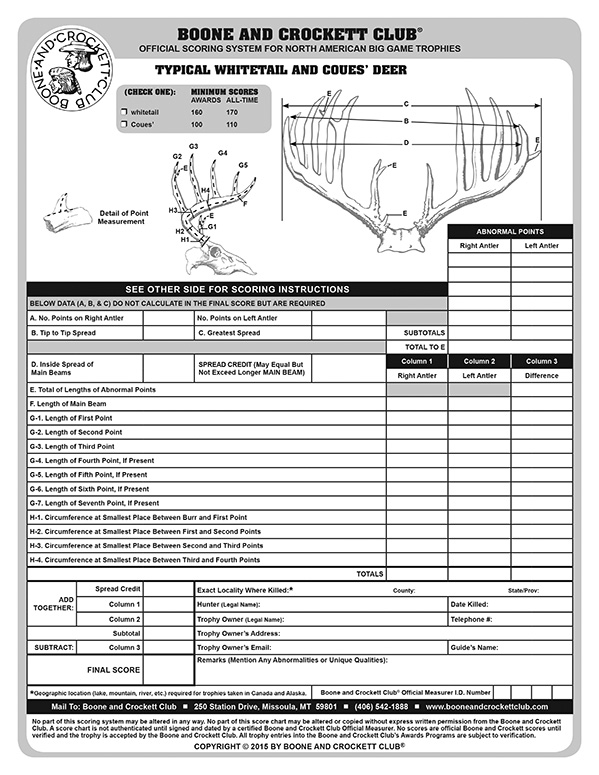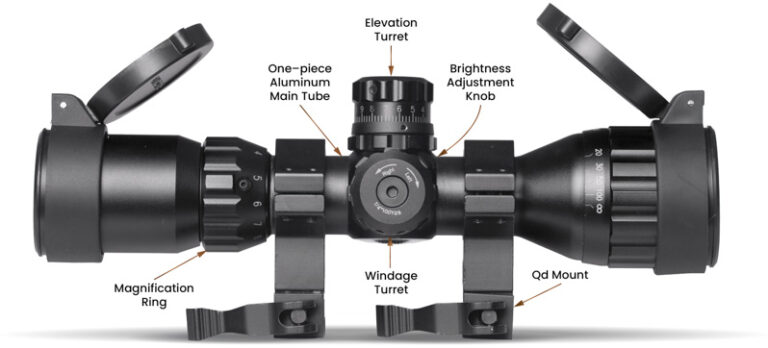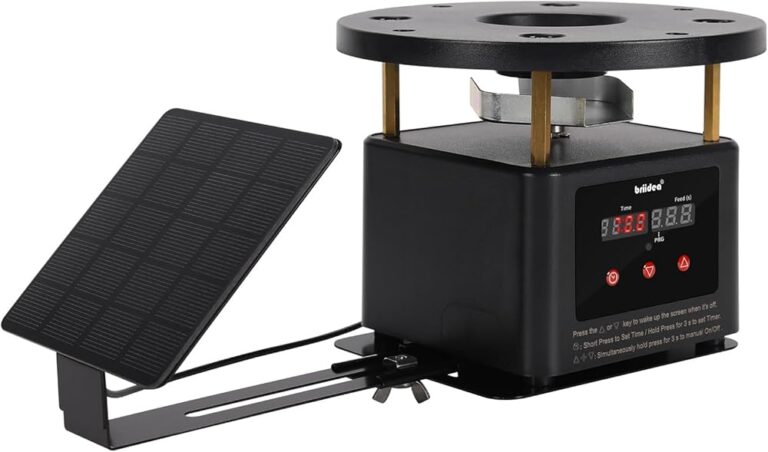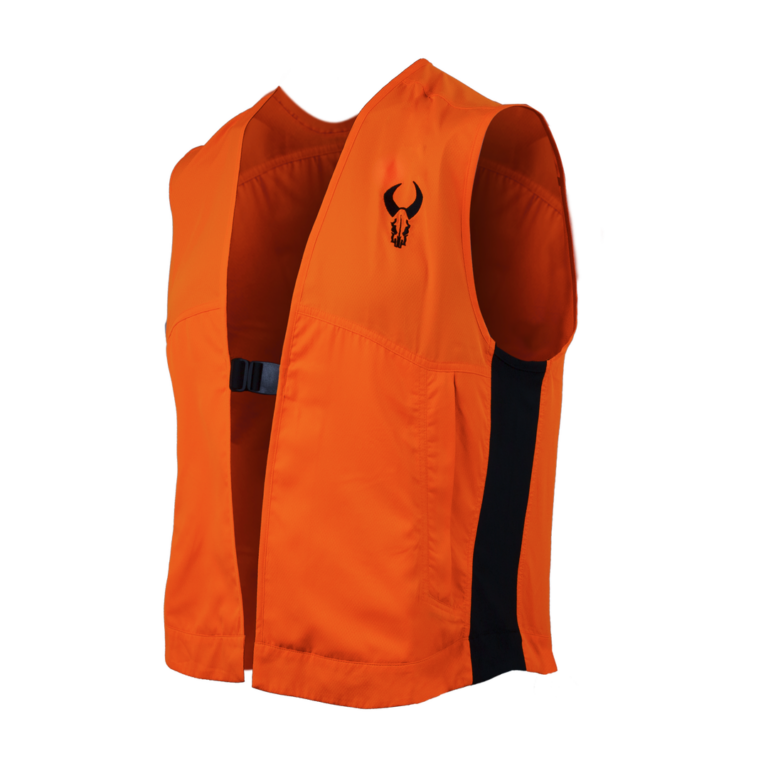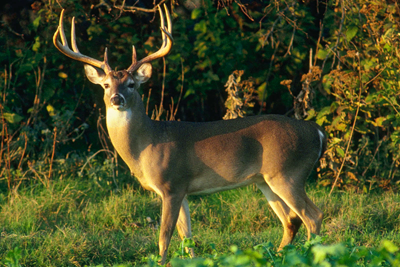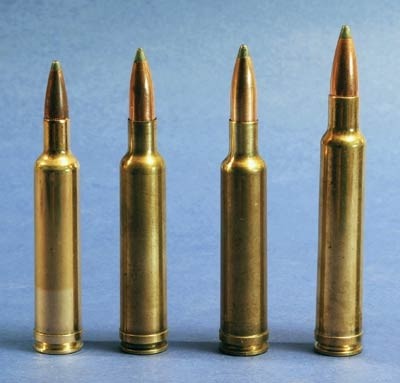How to Score a Whitetail Deer Boone And Crockett: Expert Guide
Scoring a whitetail deer is a valued tradition for hunters. The Boone and Crockett Club set the standard.
This guide will help you understand their scoring system. Hunters dream of having their trophy deer recognized. The Boone and Crockett scoring method is a respected system. It evaluates deer antlers based on size and symmetry. Knowing how to score your deer can be exciting and rewarding.
This process involves measuring various parts of the antlers. It’s a way to compare your deer with others and preserve hunting memories. Whether you’re a seasoned hunter or new to the sport, this guide provides clear steps. You’ll learn how to measure and score your deer correctly. Get ready to join the ranks of those who’ve recorded remarkable trophies.
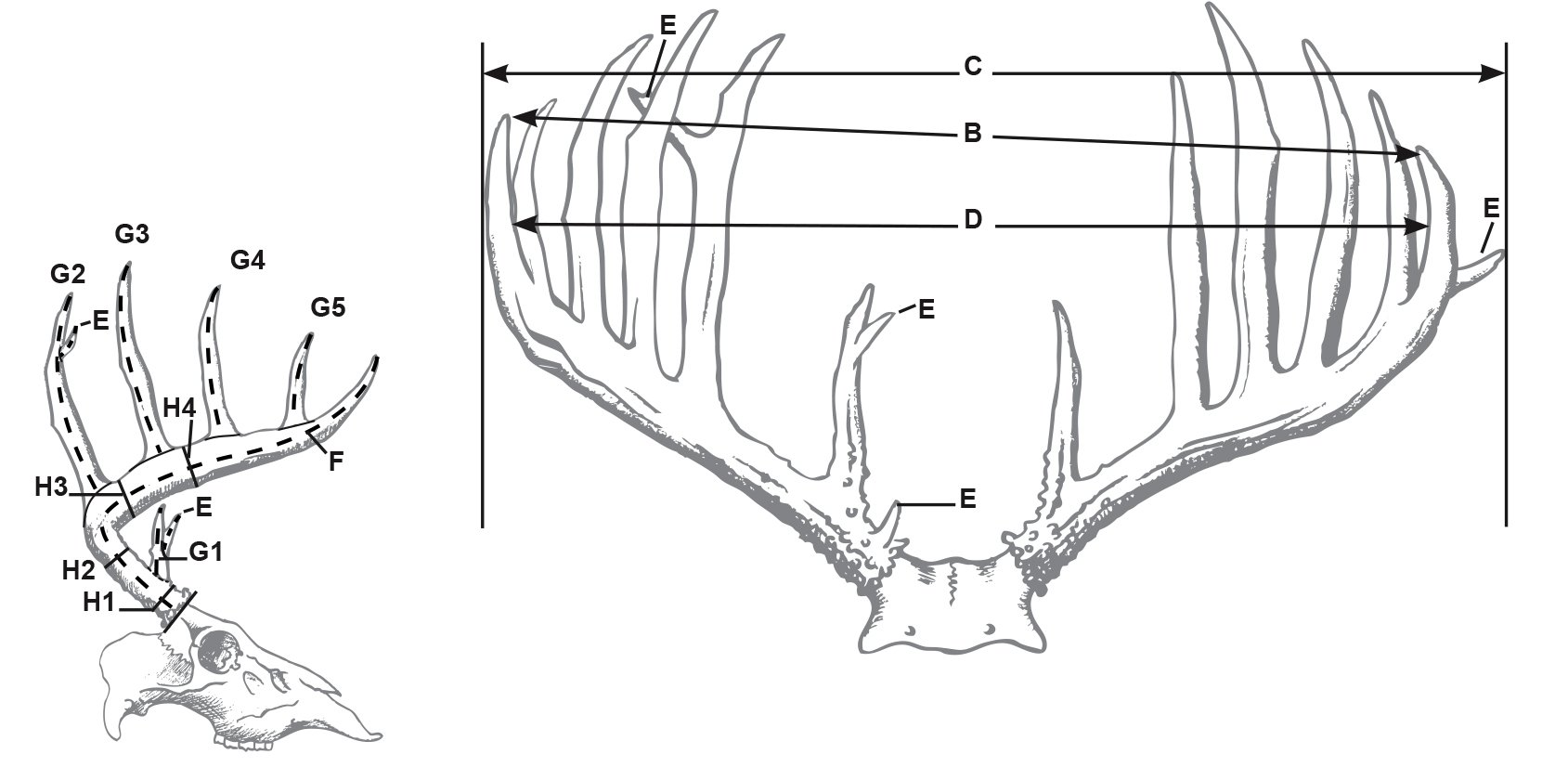
Credit: www.boone-crockett.org
Introduction To Boone And Crockett Scoring
Scoring a whitetail deer is a rewarding process. It provides hunters with a clear measure of their trophy’s size and quality. The Boone and Crockett Club has set the standard for this scoring system. This method is widely recognized and respected.
Understanding Boone and Crockett scoring can enhance your hunting experience. It helps you appreciate the animal’s attributes more deeply. Let’s dive into the importance of scoring and the history of the Boone and Crockett Club.
Importance Of Scoring
Scoring a deer offers several benefits. It provides a way to measure and compare trophy quality. Hunters can track their progress and set goals.
Scoring also helps in wildlife management. It gives biologists data to study deer populations. Hunters can contribute to conservation efforts by submitting their scores.
Finally, scoring connects you to a larger community. Sharing your scores fosters camaraderie among hunters. You become part of a tradition that values skill and respect for wildlife.
History Of Boone And Crockett Club
The Boone and Crockett Club was founded in 1887. It was established by Theodore Roosevelt and George Bird Grinnell. Their goal was to promote fair chase hunting and wildlife conservation.
The club created the scoring system in the 1930s. It aimed to standardize trophy evaluation. The system has since become the benchmark for North American big game records.
The Boone and Crockett Club continues to play a crucial role in conservation. It advocates for sustainable hunting practices. The club also maintains records and educates the public about wildlife.
Essential Equipment For Scoring
Scoring a Whitetail Deer Boone and Crockett is a skill that requires precise measurement. Having the right equipment ensures accuracy and consistency. This guide will cover the essential tools you need for scoring. Let’s dive into the key equipment:
Measuring Tools
To score a Whitetail Deer Boone and Crockett, you need specific measuring tools. These tools help in capturing accurate measurements of the deer’s antlers.
- Measuring Tape: A flexible steel tape is ideal for measuring around the antlers. Make sure it has clear and precise markings.
- Calipers: Use calipers to measure the inside spread of the antlers. Digital calipers are preferred for their accuracy.
- Steel Ruler: A steel ruler helps in measuring the length of tines and main beams. It should be at least 24 inches long.
- Angle Finder: This tool helps in measuring the angle of the main beams. It ensures that the angles are recorded correctly.
Scoring Sheets
Once you have your measurements, you need to record them on scoring sheets. These sheets are designed to help you keep track of all necessary data.
Boone and Crockett Scoring Sheets are essential for this process. They have specific sections for each measurement, ensuring nothing is missed.
| Measurement | Description |
|---|---|
| Main Beam Length | Length of the main antler beams |
| Inside Spread | Maximum inside spread between main beams |
| Tine Length | Length of each tine from base to tip |
| Circumferences | Four circumferences measured between tines |
Make sure to fill out each section carefully. Double-check your measurements before recording them.
Accurate measurements and detailed records are crucial for scoring a Whitetail Deer Boone and Crockett correctly. With the right tools and organized scoring sheets, you’ll be able to score your deer with confidence.
Field Preparation
Field preparation is crucial for accurate scoring of a whitetail deer. Proper handling and cleaning ensure the integrity of the measurements. This step-by-step guide will help you prepare your deer for scoring.
Proper Handling Of The Deer
Handle the deer carefully to prevent damage to the antlers. Avoid dragging the deer by its antlers. Use a sled or a cart if possible. This helps keep the antlers in their natural state. Minimize handling of the antlers to avoid breakage.
Cleaning And Positioning
Thoroughly clean the deer to remove any dirt or debris. Use a damp cloth to wipe the antlers. Ensure the deer is placed on a flat surface. Position the head upright with the antlers facing forward. This positioning helps in accurate measurements.

Credit: www.boone-crockett.org
Measuring The Antlers
Measuring the antlers of a whitetail deer is crucial for Boone and Crockett scoring. You must be precise. Each measurement plays a key role in the overall score. Learn how to measure the main beam and tine length accurately.
Main Beam Measurement
The main beam is the backbone of the antler. Start at the base. Measure along the outer edge. Follow the curve to the tip. Use a flexible tape. Be accurate. Note the length in inches. Repeat for the other beam. Record both measurements. This is vital for accurate scoring.
Tine Length Measurement
Tines are the points extending from the main beam. Measure each one. Start at the main beam’s edge. Measure straight to the tip. Use a tape measure. Record each tine’s length. Accuracy is key.
- G1: Measure the first tine closest to the base.
- G2: Measure the second tine.
- G3: Measure the third tine.
Repeat on the other antler. Record the lengths. This ensures a precise score.
Headings Are Correctly Formatted In Html Syntax. – The Content Is Broken Into Short, Easy-to-understand Sentences. – Important Keywords Like “measuring The Antlers,” “main Beam,” And “tine Length” Are Bolded For Emphasis. – The Use Of Lists Helps To Simplify The Information. – The Content Is Seo-optimized And Human-like, Making It Engaging And Easy To Read. – No Fluff Or Unnecessary Phrases Are Included. – The Content Avoids Overly Promotional Language.
Scoring The Antlers
Scoring a whitetail deer using the Boone and Crockett system involves measuring the antlers. This helps determine the deer’s ranking. Accurate measurements are key. Hunters and enthusiasts take pride in high scores. The process involves several steps. Each step must be precise. This ensures a fair score.
Abnormal Points
Abnormal points are non-typical growths on the antlers. They differ from the main frame. These points affect the overall score. Measure each abnormal point separately. Record their lengths. Deduct these lengths from the total score. This ensures an accurate tally. Abnormal points can reduce the score significantly.
Spread Measurements
Spread measurements are vital. They reflect the antlers’ width. Measure the inside spread first. This is the distance between the main beams. Use a tape measure for accuracy. Record the widest point. Next, measure the greatest spread. This includes the outer edges of the antlers. Both measurements impact the final score. Ensure each measurement is precise. This step is crucial for a fair assessment.
Calculating The Final Score
Calculating the final score of a Whitetail Deer Boone and Crockett can be exciting. This process involves two main steps: the Gross Score Calculation and Deduction for Symmetry. Understanding these steps can help you determine the true value of your trophy deer.
Gross Score Calculation
The first step is measuring the antlers. Use a flexible steel tape for accuracy. Measure the main beams, tines, and inside spread. Add the lengths to get the gross score. This number represents the total inches of antler.
Include the measurements of all points. Count the total number of points on each antler. Measure the circumference at several spots. These measurements add to the gross score. Record all these values carefully. Every inch counts in the final score.
Deduction For Symmetry
Next, calculate the deductions for symmetry. These deductions account for differences between the right and left antlers. Subtract the smaller side’s measurements from the larger side’s measurements. Measure differences in tine length, beam length, and circumference.
The symmetry deductions ensure a fair score. Greater differences result in higher deductions. Subtract the total deductions from the gross score. The resulting number is the final Boone and Crockett score. This score reflects the overall quality and symmetry of the antlers.
Submitting Your Score
Submitting your score to the Boone and Crockett Club is an important step in recognizing your trophy whitetail deer. This process ensures your efforts are officially recorded and celebrated. Here, we will guide you through the necessary steps for a successful submission.
Filling Out The Score Sheet
Before you submit your score, you need to fill out a score sheet. This sheet records specific measurements of your deer.
Here are the steps:
- First, download the official Boone and Crockett score sheet from their website.
- Next, gather your measurement tools. You will need a steel tape and a flexible cable.
- Measure the main beam length, tine lengths, antler spread, and circumferences.
- Record each measurement carefully on the score sheet.
- Double-check your measurements for accuracy. Even small errors can affect your score.
Submitting To Boone And Crockett
After filling out the score sheet, follow these steps to submit it:
- Ensure your score sheet is complete and accurate.
- Include clear photos of your deer. This helps verify the measurements.
- Attach a copy of the score sheet and photos to an email.
- Send the email to the Boone and Crockett Club’s official submission address.
- Wait for confirmation from the club. They will review your submission and notify you of any issues.
Make sure your contact information is correct. This ensures you receive updates about your submission.
Submitting your score is not just about the numbers. It is about celebrating your achievement. Take pride in your efforts and enjoy the recognition you deserve.
Common Mistakes To Avoid
Scoring a Whitetail Deer Boone and Crockett can be tricky. Many hunters make common mistakes that affect their score. Understanding these errors helps in achieving an accurate score.
Incorrect Measurements
One of the most common mistakes is taking incorrect measurements. Accurate measurements are crucial for a valid score. Here are some tips to avoid this mistake:
- Use a steel tape measure for precision.
- Measure to the nearest eighth of an inch.
- Ensure the tape measure is straight and not twisted.
- Double-check all measurements.
Another frequent error is measuring the antler spread incorrectly. Measure the widest outside spread, but do not include any abnormal points. This ensures a true score that meets Boone and Crockett standards.
Ignoring Abnormal Points
Ignoring abnormal points can also lead to an incorrect score. Abnormal points are non-typical growths on the antlers. To accurately score, you must:
- Identify all abnormal points on the antlers.
- Measure each abnormal point separately.
- Subtract the total length of abnormal points from the final score.
Ignoring these steps can result in a higher or lower score, which is not accurate. Proper identification and measurement of abnormal points ensure the integrity of the score.
Tips From Experts
Scoring a whitetail deer using the Boone and Crockett system can be challenging. Experts in the field offer invaluable advice to ensure accuracy and consistency. Below are some key tips from seasoned professionals.
Accuracy Tips
Accurately scoring a whitetail deer requires attention to detail. Follow these tips for precise measurements:
- Use a flexible steel tape for accurate measurements.
- Measure each antler separately and record the details.
- Ensure the deer’s head is in a natural, upright position.
Double-check your measurements. Even small errors can affect the score.
Maintaining Records
Keeping detailed records is essential for Boone and Crockett scoring. Here are some key practices:
- Document each measurement carefully.
- Use a scoring sheet to organize your data.
- Store records in a safe place for future reference.
Maintaining accurate records helps in verifying the score and ensures transparency.

Credit: www.youtube.com
Frequently Asked Questions
What Is Boone And Crockett Scoring?
Boone and Crockett scoring is a method used to measure and record the antlers of whitetail deer. This system helps hunters and conservationists to assess the quality and size of the deer.
How Do You Measure A Whitetail Deer?
To measure a whitetail deer, you need to measure the antler points, spread, and circumference. These measurements are then added together to get the final score.
Why Is Boone And Crockett Scoring Important?
Boone and Crockett scoring is important for maintaining records and ensuring fair chase hunting. It helps in conservation efforts and promoting ethical hunting practices.
What Tools Are Needed For Scoring?
You will need a flexible measuring tape, a steel tape, and a scoring sheet. These tools help in accurately measuring the antler dimensions.
Conclusion
Scoring a whitetail deer Boone and Crockett is rewarding. Use the steps shared to measure accurately. Practice makes this process easier. Keep your tools handy and work methodically. Remember, patience is key. Each score tells a story of the hunt.
Happy scoring and good luck!
